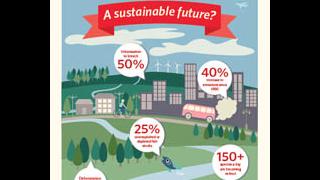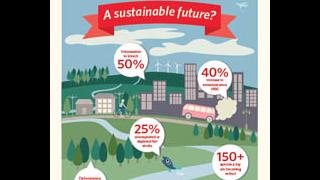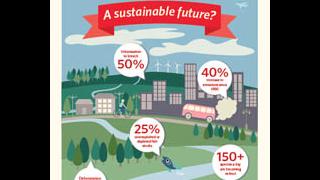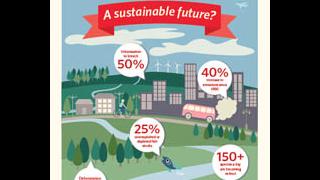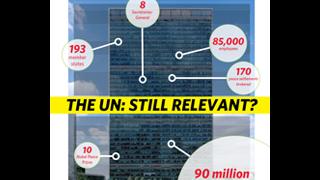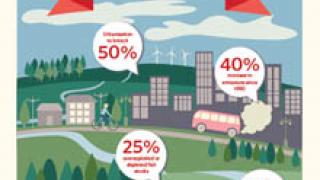
The world is constantly changing. Our energy demands are increasing daily and, according to the UN Population Fund, the global population is expected to breach 9 billion people by 2050. Traditional consumption of non-renewable natural resources continues at an alarming pace, with carbon pollution contributing significantly to global warming. The Mauna Loa Observatory in Hawaii has recorded that global CO2 levels increase significantly every year, up almost 40% since the industrial revolution and the highest for at least the last 650,000 years.
There is still time to effect change if we act soon.
Governments across the world are taking note, looking to designers and engineers for innovative solutions. In London there is now town-planning policy guidance on providing a reasonable percentage of on-site renewable energy to meet part of a building’s energy load requirement.
Wind turbines in buildings are not the only solution for addressing such issues and for the Strata SE1 project – Central London’s tallest residential development – our design team considered a number of options. As a residential building, the overall energy consumption loads are considerably less than a similar sized retail or commercial office development and therefore the possibility of attaining the desired percentage of on-site renewable energy was achievable.
We didn’t set out to design a building with wind turbines – the decision resulted from rigorous evaluation of various renewable options. Ground source water solutions were considered but the extreme constraints of the site meant that the ‘water pools’ would not be sufficiently distant from each other to prove practicable. Photovoltaic solutions were also considered, but the technology available at the time (2005) would have resulted in 80% of the Southern elevation being covered with PV cells, severely compromising the glazing required for the apartments. Equally, biomass boiler solutions were discussed but the continual energy costs associated with the transport and delivery of the fuel discounted this option.
Factors favouring a ‘wind-based’ solution for the building included:
Orientation: The building’s orientation and concave southern elevation capitalise on London’s prevailing south-westerly wind axis, enhancing the operational output of the wind turbines.
Wind speed at altitude: Urban wind speeds are higher at heights over 150m by up to 5m/s, and the absence of high-rise structures in south London further increases wind speeds.
Performance:The overall output requirement is 50 mega watt hours of electricity per year - this equates to around 8% of the building’s total energy consumption and represents a microcosm of average global renewable energy production. This figure is set to increase as more energy suppliers look to renewable methods of production. Germany for example currently produces 16.5% of its energy requirements through renewable technologies.
Size: Wind turbines become more efficient the larger they are, however, the commercial consideration of the loss of two storeys of prime residential floor area is a difficult balance for any developer to resolve. Similarly, raising the building by an additional two floors would have contravened existing planning regulations.
Should turbines be deployed on every building? Probably not. That said, wind turbines were definitely the best option in this particular case. I’m sure that we will see other pioneering solutions in the future.
Ian Bogle is a Founding Director at BFLS architects practice and was project director for the Strata SE1 project. BFLS is an award-winning, design-led architectural practice with offices in London, Prague and Hong Kong. www.bfls-london.com











